Think like a product designer
Understand - Observe - Solve
The Design Thinking Playbook creates an understanding of the needs of the user.
Design thinking is considered the new, creative trend method for innovation development.
As industrial designers, we sometimes smile about the hype that has grown around the approach, because the methods and ways of thinking are by no means newly invented, but are an integral part of our daily work.
Our defined goal: to provide you, the customer, with the best possible product.
In order to create helpful and meaningful solutions for the user, it is essential to take the user's perspective. Because in order to be able to understand comprehensively, you have to experience it yourself, that means trying it out, touching it, failing it and ultimately doing it better. The aim is primarily to create solutions that satisfy the needs of users, but at the same time are sensible, economical and technically feasible.
The more intensively we deal with the definition of the problem, the better solutions we can deliver.
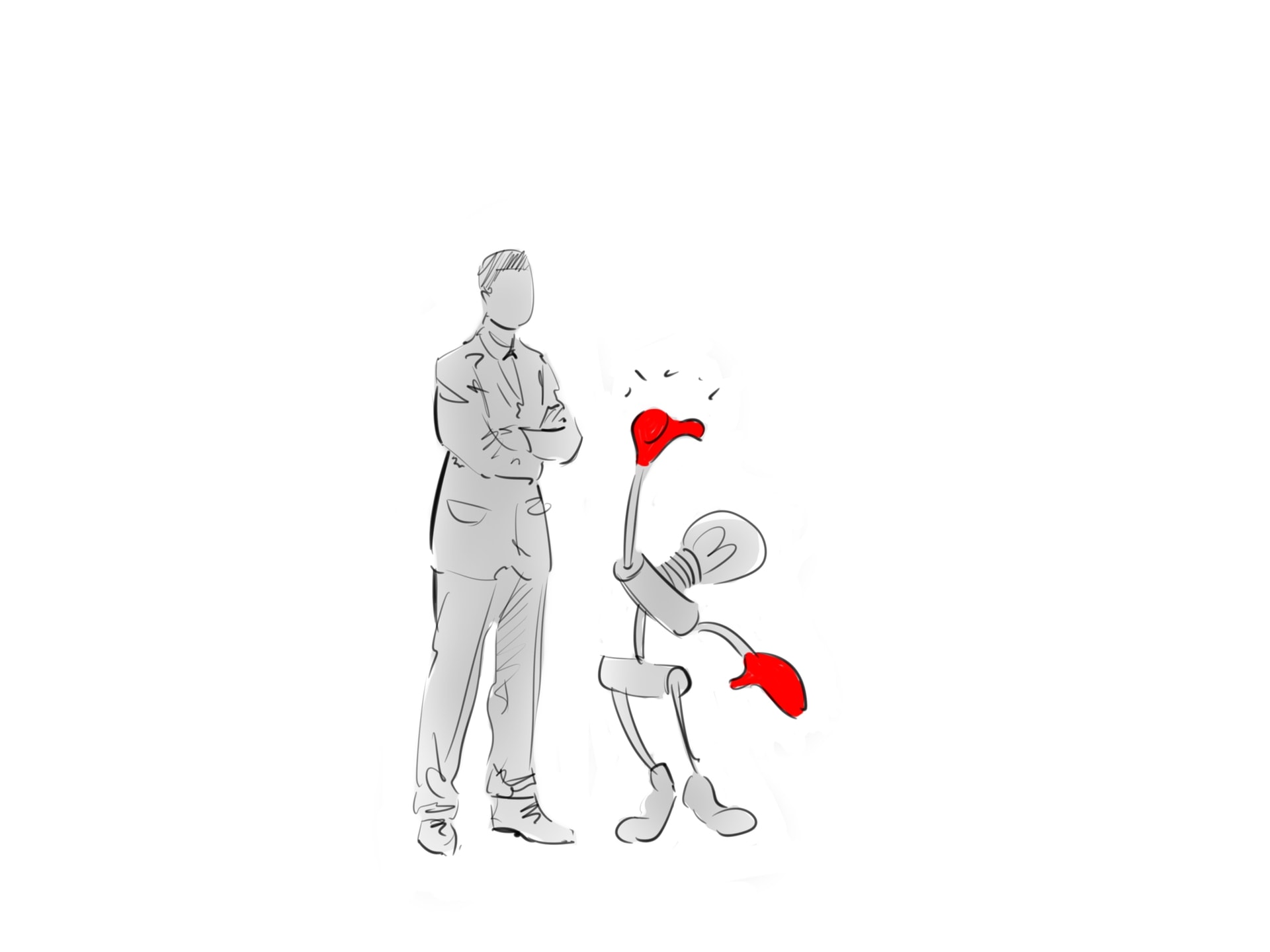
What exactly are the core ideas of design thinking?
The basic idea of design thinking is to design innovations and creative solutions for complex problems.
There are no limits to the range of applications of design thinking. It can be applied to products and services as well as to the development of concepts for business or social issues.
Design thinking is just as much a collection of methods as it is a way of thinking and can be defined differently depending on the application. Various techniques and tools can be used for a systematic approach.
Openness to results, allowing mistakes, the courage to fail and the willingness to learn from failure form the necessary inner attitude.
The classic design thinking process is divided into two main phases: analysis and synthesis.
The two main phases can be divided into six further sections:
- Understand
- Watch
- Define point of view
- find ideas
- develop prototype
- Testing
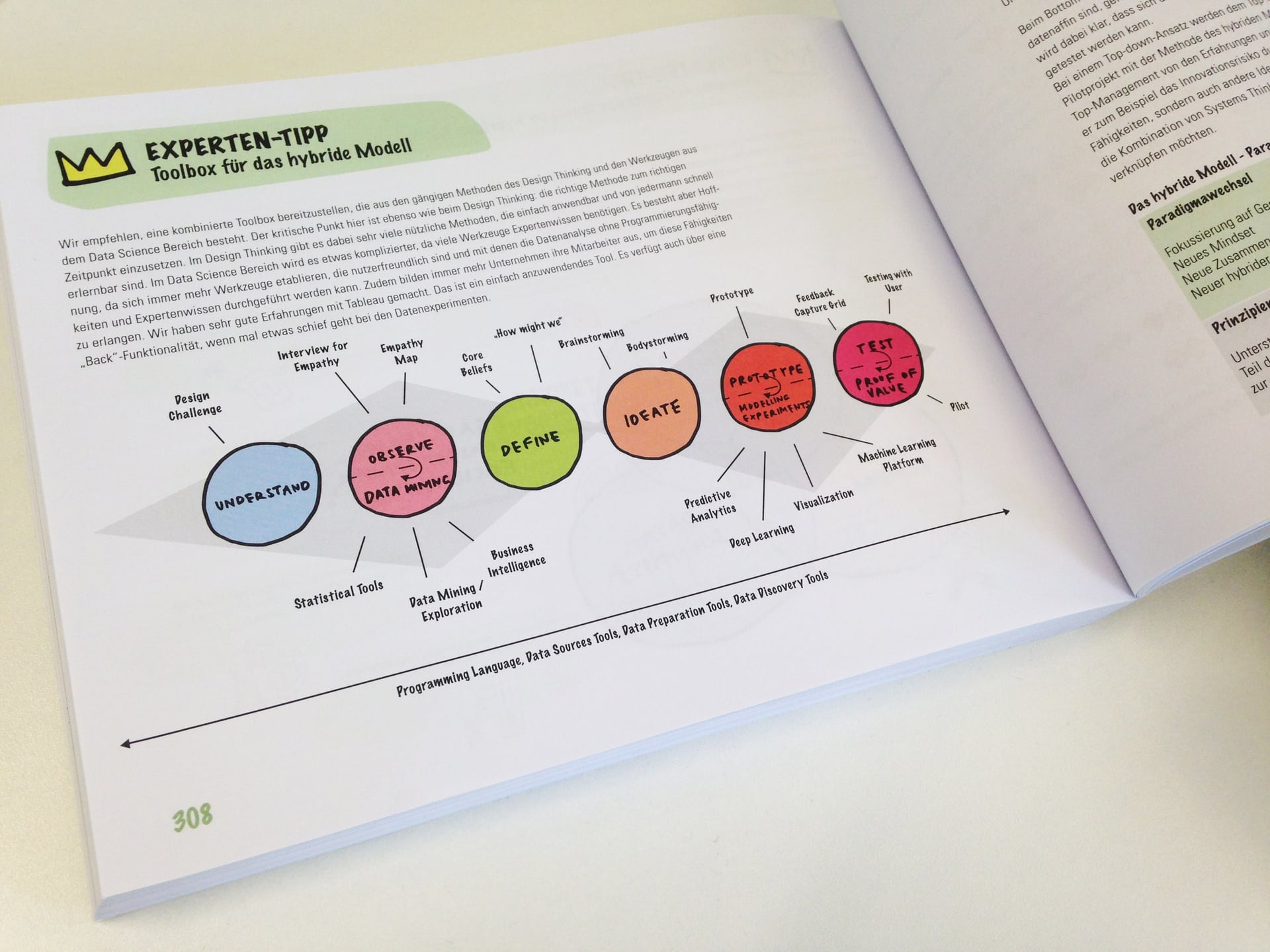
It is important to emphasize that this is by no means a straight-line process and that repetition loops within the phases are an integral part.
By asking questions and listening, a basic understanding is created. The order and evaluation of the observations help to define the problem as precisely as possible. The most important findings form the starting point for possible solutions.
Based on this, initial ideas and solutions are developed. These are put through their paces with the help of prototypes in order to detect and revise weaknesses as early as possible in the development process. "FAIL OFTEN AND EARLY" is one of the guiding principles here.
The phases are repeated until solutions that are satisfactory for the moment are found.
The most important motivation of design thinking is always to gain a thorough understanding of the needs and desires of the user. In this way, one's own perspective changes and the focus is sharpened. As a result, the probability of developing sustainable solutions is much greater than with solutions that are made palatable to the user through extensive marketing. It is a good opportunity to distance yourself from the usual systems and to dare to leave the usual paths in order to generate new solutions.
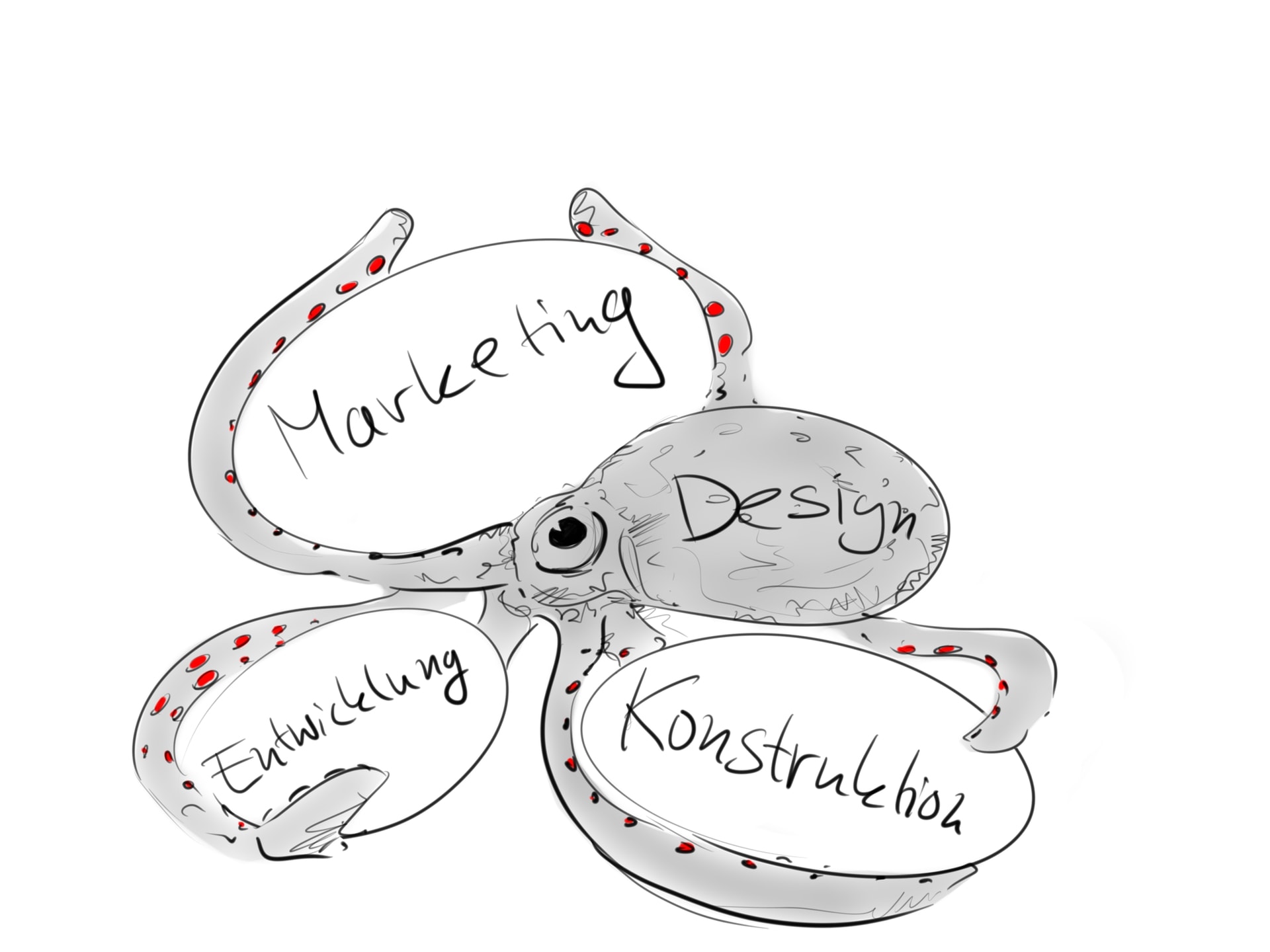
Industrial design and design thinking
Design thinking methods are lived practice for us industrial designers.
Numerous aspects come together in product development. These relate to user and customer needs as well as production-related requirements, which must also be considered in an economic context.
In order to keep track of such complex overall contexts, strategic as well as systematic approaches are absolutely necessary.
Design is often wrongly equated with final styling. We, on the other hand, see product design as a holistic task. With the help of creative techniques, we develop innovative concepts and solve problems in a targeted manner. The earlier in the process the entire development team gets together with us industrial designers, the better solutions are created. In interdisciplinary teams, there is an opportunity to look at issues from different perspectives and thus produce holistic answers.
The classic design process largely corresponds to the process of design thinking, in the case of new developments and the optimization of existing products alike.
We distinguish:
- research
- conception
- design
- drafting
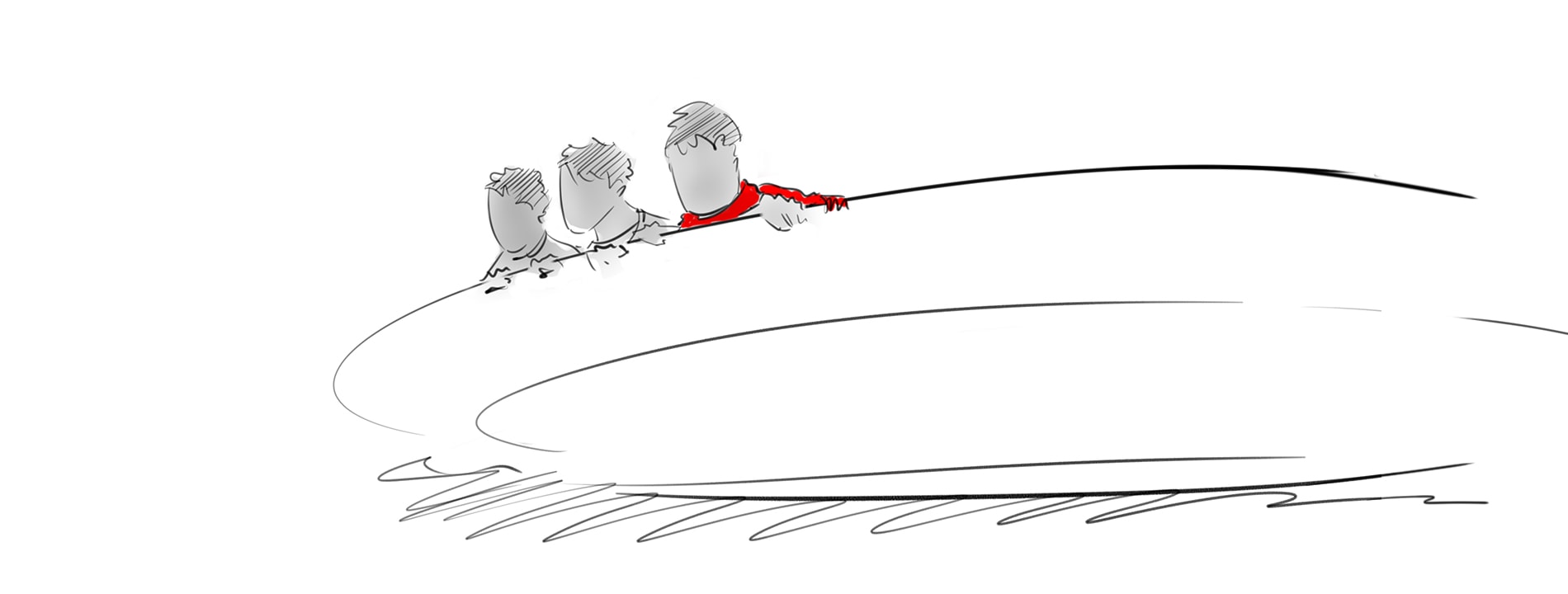
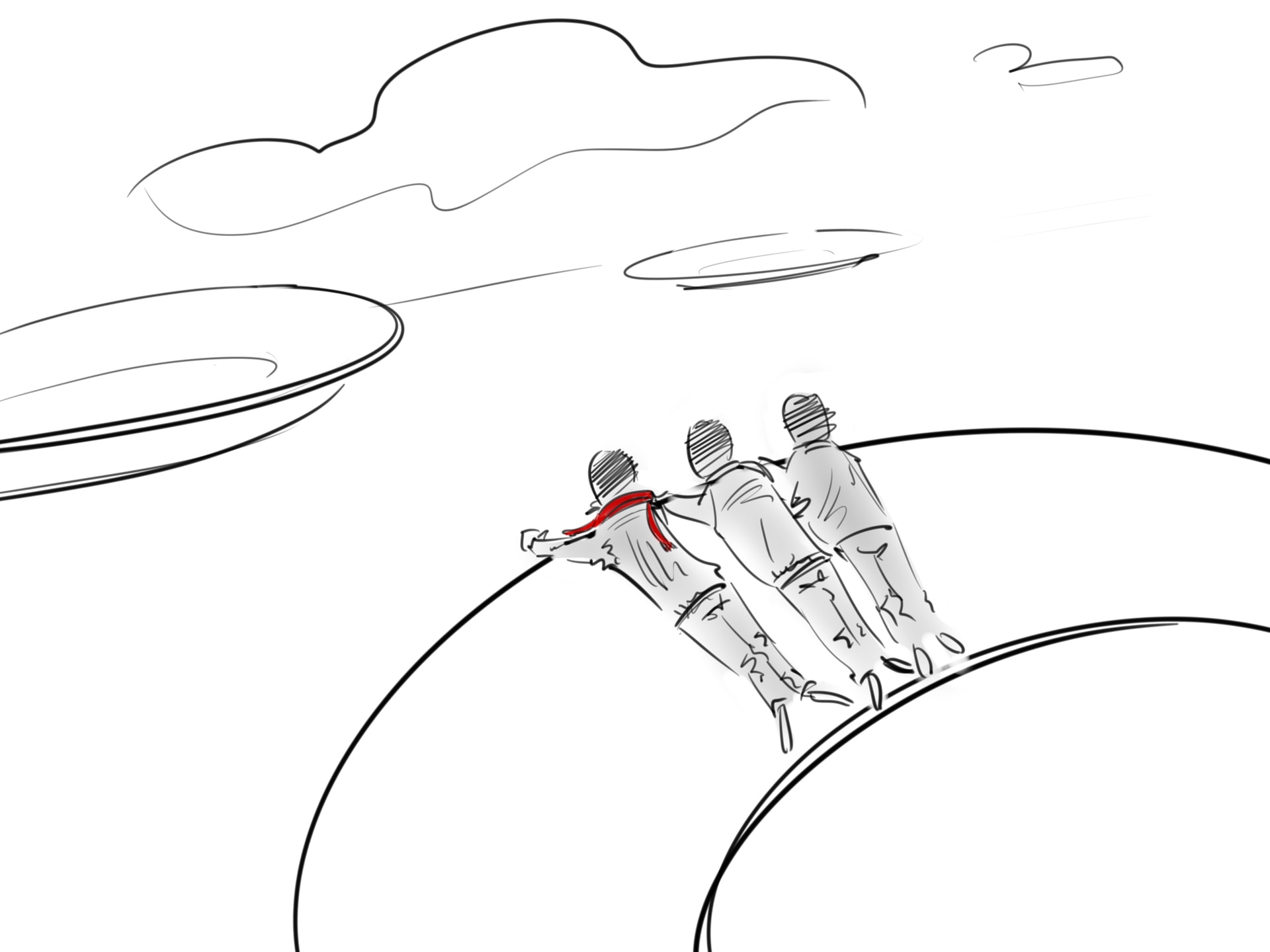
The starting point of every design project is the research and analysis phase. Together with our client, the most important goals and requirements are defined in the briefing. Research provides extensive knowledge about markets, current trends, users and target groups. Analyzes give us insights into structures, needs, processes, ergonomics, usefulness and overarching relationships such as company structure and goals.
On this basis, basic design solutions are developed in the form of individual and partial concepts.
Taking into account the knowledge gained in the first phase, the concepts can be consolidated and evaluated. The evaluation is based on the following criteria:
- layout
- function
- manufacturing engineering
- economics
In constant consultation with the client, one or more concepts are pursued and worked out. This is usually done using drawings, 3D CAD construction, mock-ups, testable prototypes and in constant consultation with customers and the development team. Through repeated testing and revision, the concept becomes a draft and the draft becomes the final product.
The last step is the transfer of the data to the manufacturer for tool making and production. For us, post-production support is a matter of course.
Based on our many years of experience as industrial designers, we appreciate the methods of design thinking. Comparable to a tool case, there is the right tool for every challenge. The big advantage is that procedures can always be adapted to current needs and circumstances.
"The Design Thinking Playbook" by Michael Lewrick, Patrick Link and Larry Leifer has established itself as recommended reading for our partners and serves as a regular source of inspiration for us.
It is an excellent reference work and a competent advisor, especially for the conception and implementation of our potential and innovation workshops. It offers an extensive collection of different methods and techniques.
The book is divided into three parts, each providing an overview of traditional, current and future success factors of design thinking. Basic knowledge for a better understanding is helpful, as the authors motivate in many places to adapt and further develop the methods, suggestions and tips for yourself, the project or the company. This makes it clear how design thinking is to be understood and, above all, how it should be applied.
Design Thinking is primarily an inner attitude and less a strict method template that has to be adhered to dogmatically and that could be imposed on any problem as a solution.
Optimize products with specialist workshops and design thinking
This becomes clear again and again in our workshops. It is particularly important there to react adequately to the current situation. This motivates the participants and helps to develop qualitative results.
There are also numerous tips for designing creative spaces and setting up teams.
In one of our last workshops, for example, we brought together specialists from different disciplines to find potential for product optimization. The team consisted of engineers, architects and industrial designers. We worked together and in small groups to create the greatest possible output. In this way, the question could be examined both in the overall context and in detail.
Improvements in structure, mechanics, material and handling as well as completely new conceptual approaches for the function of the product could be developed in a short time. That was a great start for all further work phases.
The added value of the collection of methods, principles and ways of thinking of design thinking lies in the open-ended and solution-oriented approach to problems. Integrated from the beginning, target definitions can be worked out efficiently and thus contribute to the support of a strategic alignment of your projects. The higher the corporate levels at which these principles are accepted, the more effective their application becomes.
We bear responsibility for the results of our work, because as real products they have an impact on our immediate environment. Successes only become visible in the future. An intensive and sustained discussion in advance creates security in the decision-making process.
Design thinking supports us as designers in realizing our vision of good industrial design. We attach great importance to creating the best possible products for you as a customer, which are useful and give you pleasure.
Book recommendation on the subject
Lewrick, Link, Leifer
The Design Thinking Playbook

Do you have any questions about our work? Do you need support to start the creative process?
We are happy to be there for you and look forward to getting to know you.
Use our contact form or call us personally.
